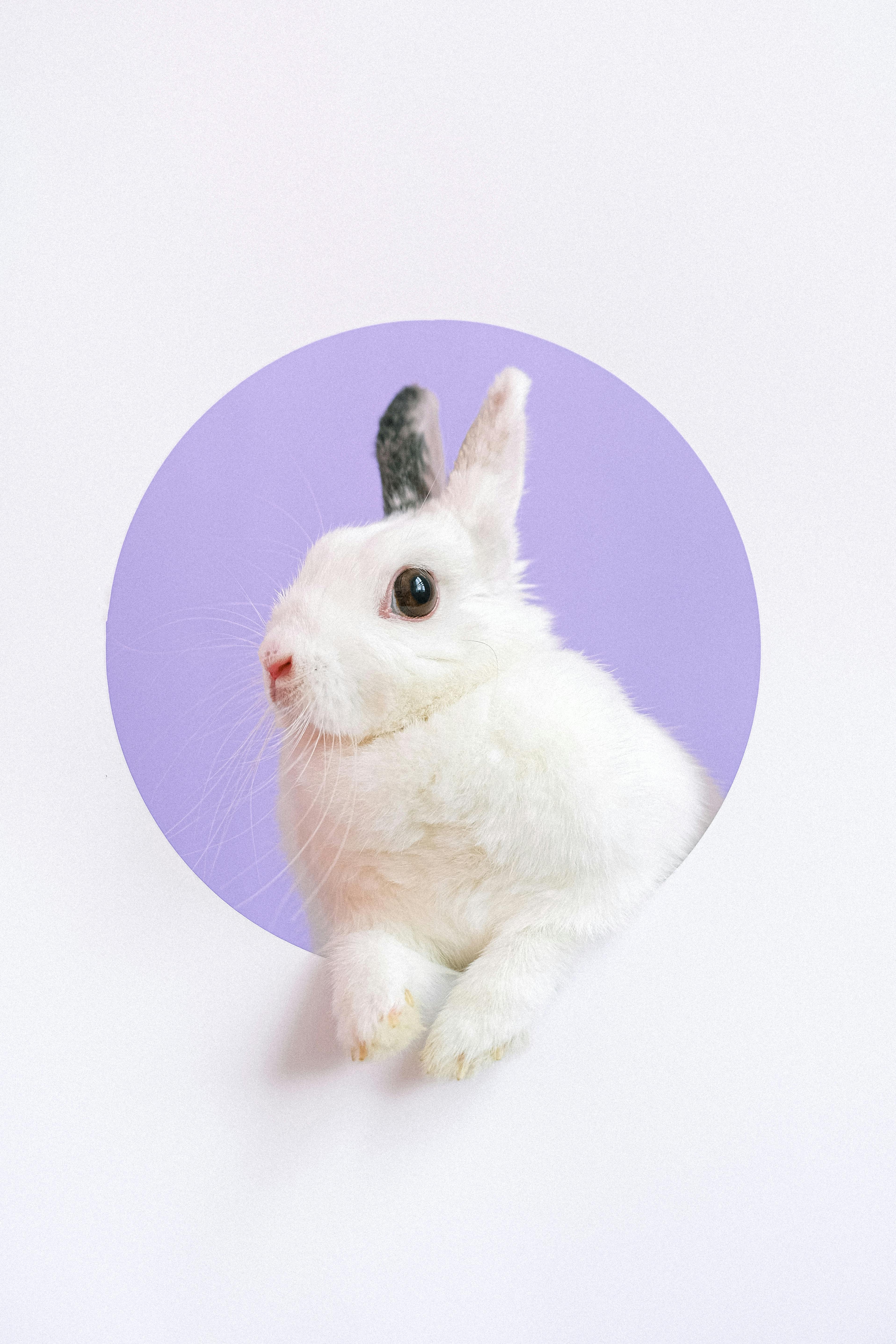Effective Guide to Choosing the Right Angel Fish Tank Size
When considering adding angelfish to your aquarium, selecting the right tank size is crucial for their health and happiness. As popular freshwater fish, angelfish have specific requirements that must be fulfilled to ensure they thrive in your home. Understanding the ideal tank size for angelfish not only promotes their well-being but also enhances their natural beauty within your living space.
This article will cover essential aspects of angelfish tank sizes, addressing angelfish aquarium care guidelines, ideal dimensions for ensuring a suitable living environment, and the impact of tank size on their growth and behavior. By the end, you'll have valuable insights on determining the best tank size for angelfish, taking into consideration various factors such as social interactions, territorial needs, and filtration requirements. Let’s dive in!
Understanding Angelfish Aquarium Requirements
Before setting up your aquarium, it’s essential to grasp the fundamental requirements for angelfish. Angelfish are social creatures that thrive in adequate space, and various factors influence their tank size needs. Their habitat should reflect the natural environments they are accustomed to, which includes both depth and length.
Generally, for angelfish, the minimum tank size recommended for a single fish is around 20 gallons. This size provides enough swimming space to accommodate their active nature. However, as they grow, adjusting tank dimensions for angelfish becomes necessary. Young angelfish need a smaller space, but they can rapidly outgrow it; hence, planning for a larger tank early will save you future trouble.
The growth rate for angelfish can vary based on species and environmental factors. Angelfish typically reach adult sizes of about 6 inches, but your tank should ideally offer 10 to 15 gallons per fish, particularly in community setups. This ensures they have the necessary room to express their natural swimming behaviors and social interactions.
Calculating the Ideal Tank Size for Angelfish
To accommodate angelfish comfortably, you need to calculate the appropriate tank size. The general rule is to allow 1 gallon of water per inch of fish. This means that if you plan to keep a pair of adult angelfish, a 30-gallon tank is advised to maintain proper water quality and reduce stress among fish. Overcrowding can lead to aggressive behaviors, which could jeopardize your angelfish's well-being.
When setting up an angelfish breeding tank, specific dimensions should be prioritized for breeding success. A 30-gallon tank is recommended as a minimum to foster a conducive environment during the spawning process. Ensure the tank has plenty of hiding spots and flat surfaces (like broad leaves) for females to lay eggs. Male angelfish can be territorial, especially during breeding, which makes space crucial.
Determining Angelfish Space Requirements and Tank Setup
Affording angelfish ample space is important for their social interactions and territorial behaviors. When designing your tank, consider the number of angelfish and their compatibility with other fish species. If you plan to introduce angelfish into a community tank, be sure to allocate at least 20 gallons per pair to minimize stressful encounters.
In addition to tank size, consider the angelfish tank layout. A well-planned setup includes a combination of open swimming areas and sheltered spots created by plants and decorations. It’s also important to maintain a balanced combination of substrate, rocks, and live plants. Plants not only provide hiding places but also contribute positively to the water quality, benefiting angelfish immensely.
Moreover, suitable tank mates that are non-aggressive are critical in a shared tank setting. Species such as tetras or catfish are typically good companions. The social behaviors of angelfish can vary; they are known to establish hierarchies, thus providing sufficient space allows them to thrive in their social settings.
Essential Angelfish Tank Conditions for Growth
Providing the right conditions in your angelfish tank is pivotal in supporting their growth and health. Optimal water parameters, temperature, and lighting must be maintained. Angelfish prefer slightly acidic water (pH 6.8 to 7.8) with moderate hardness. Regular water changes are necessary to keep the tank conditions stable, preventing potential stressors that may negatively impact their health.
Heating the aquarium water to a temperature between 76°F and 82°F is ideal for angelfish. As their metabolic rates increase with warmer temperatures, maintaining the correct range helps them develop properly. Lighting should mimic natural light cycles to encourage healthy behaviors. A timer could be beneficial for consistent light exposure, further aiding your angelfish's environment.
Regular monitoring of water conditions is recommended, alongside installing a reliable filtration system that suits the tank size. An adequately-sized filter will help maintain optimal water quality by effectively removing waste and toxins that angelfish may be sensitive to. Remember, maintaining a stable environment positively affects angelfish’s lifespan and overall quality of life.
Common Mistakes in Choosing Angelfish Tank Size
Selecting the wrong tank size can lead to a host of problems affecting angelfish health and behavior. Common mistakes include overstocking, underestimating the growth of angelfish, and neglecting their territorial needs. Always research before purchasing additional fish for your community tank.
Buying small tanks to save space might seem like a good idea but is often detrimental in the long run. Angelfish need ample swimming space to thrive; thus, investing in a larger tank that accommodates their future growth is crucial. This will reduce stress levels and possible aggression among fish populations.
Moreover, overlooking the need for proper filtration and water quality can result in unfavorable conditions, leading to stress and illness. Regular checks of water parameters and implementing a strict maintenance schedule can help catch any issues before they escalate. Taking these common pitfalls into consideration will ensure a stable and healthy environment for your angelfish.
Q&A: Frequently Asked Questions About Angelfish Tank Size
1. What is the minimum tank size for one angelfish?
The minimum tank size for one angelfish is 20 gallons. Although this might suffice initially, providing a larger space when they grow is crucial for their long-term health.
2. Can angelfish live in a smaller community tank?
Angelfish can live in community tanks, but ensure they have at least 30 gallons to prevent overpopulation and territorial disputes. Choosing compatible species will further enhance their living experience.
3. How does tank size affect angelfish growth?
The size of the tank significantly impacts angelfish growth. Limited space can inhibit their ability to swim freely, leading to stunted growth and increased stress levels.
4. Why is it essential to consider territorial needs?
Angelfish can be territorial, especially during breeding. Providing ample space and hiding places helps reduce aggression and promotes social harmony within the tank.
5. Can I mix different angelfish species in one tank?
Mixing different angelfish species is possible but requires careful planning. Provide adequate tank space and monitor their behavior closely to reduce conflict and maintain a peaceful environment.


